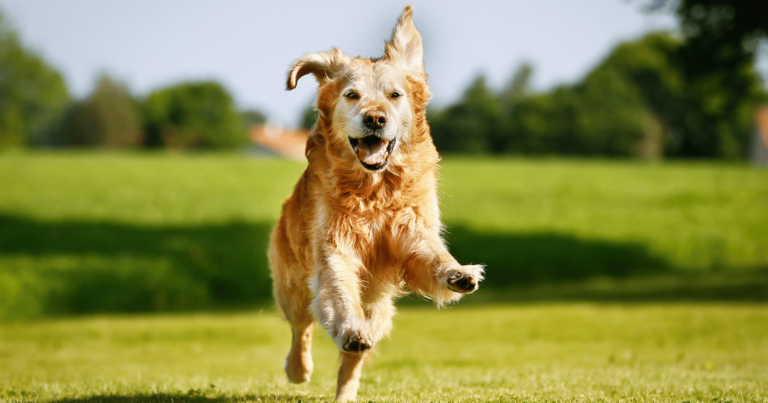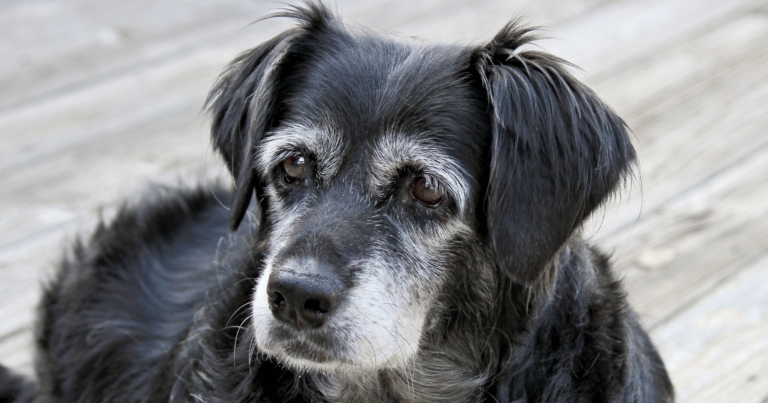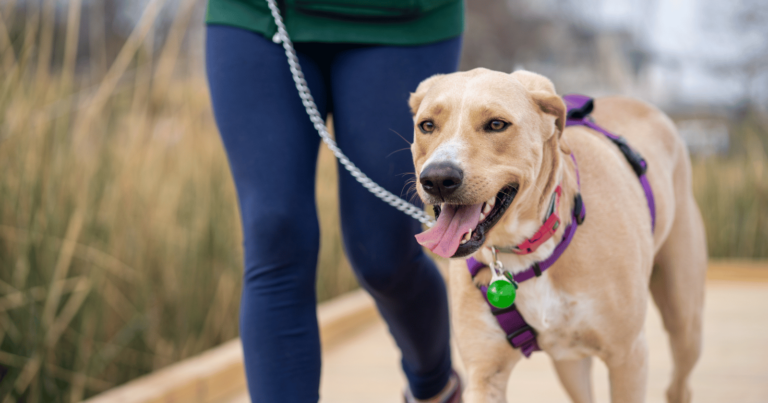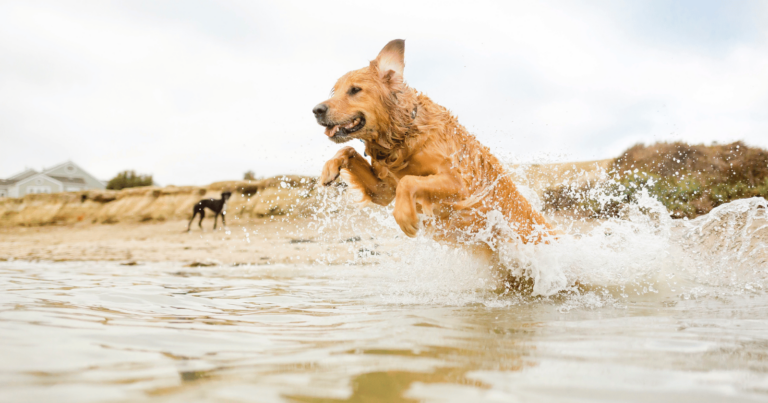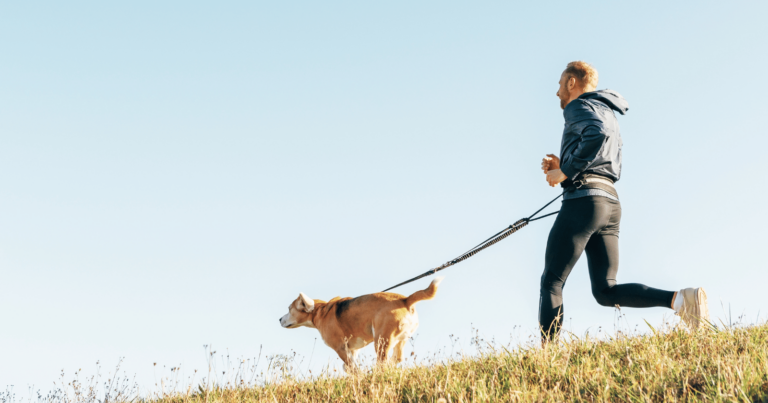Walking a dog for the first time can feel like you’re sailing uncharted waters.
I mean, it’s not just about putting a leash on and stepping out the door, right?
It’s about understanding your furry friend’s needs and making sure you both enjoy the walk.
As a first-timer, it might seem daunting but don’t worry.
I’ve got some pretty cool tips for you to make this experience smoother and more enjoyable.
So here are my 9 tips on how to walk a dog as a first-timer.
1. Understand your dog’s personality
Just like us, our furry friends have their own unique personalities.
And it’s crucial to understand this before you head out for that first walk.
Some dogs are energetic and love to run, while others prefer a slow, leisurely stroll.
Still, others can be quite anxious or skittish in new environments.
Knowing your dog’s personality can heavily influence how you approach your first walk.
It can determine the pace of your walk, the route you take, even the time of day you decide to step out.
This isn’t just about getting exercise.
It’s about ensuring your four-legged friend feels safe and comfortable during every step of the walk.
2. Start small and build up gradually
I remember when I first started walking my golden retriever, Arthur.
He was full of energy and eager to explore every inch of the neighborhood.
But I soon realized that starting with long walks was a mistake.
Arthur would get overly excited, pulling on the leash and making it difficult to control him.
It was exhausting for both of us!
So, I decided to start with small, manageable walks around our block.
As Arthur got used to the routine, I gradually extended our route.
It was a game-changer.
The walks became less chaotic, and we both started to enjoy them more.
Starting small helped Arthur adjust to the new routine, and it made walks a more relaxing and enjoyable activity for both of us.
So don’t rush it.
Start small, and gradually build up the length of your walks.
3. Use the right leash and collar

Choosing the right leash and collar isn’t just about aesthetics.
It plays a crucial role in your dog’s safety and comfort during the walk.
There are different types of leashes and collars designed for different breeds, sizes, and walking styles of dogs.
For instance, a standard flat collar might be fine for a small, well-behaved dog, but larger or more energetic dogs might benefit from a harness that gives you more control.
Did you know that retractable leashes, although popular, can actually be hazardous?
They can extend too far, allowing your dog to get into risky situations before you can reel them back in.
They’ve also been known to cause injuries to both dogs and humans from sudden jerks or entanglements.
So before you set off on your walk, make sure you have the right gear.
It’s not just about style, it’s about safety and comfort too.
4. Choose the right time for walks
Timing can be everything when it comes to walking your dog.
Some dogs might be morning pups, ready to chase the sunrise, while others might prefer a cool evening stroll.
Additionally, consider the weather and temperature.
During summer, it’s best to avoid walks during the peak heat of the day, as the hot pavement can hurt your dog’s paws.
Also, keep in mind that regularity is key.
Dogs thrive on routine and having a consistent schedule for walks can help them learn when it’s time to use the bathroom or burn off some energy.
5. Always bring the essentials
When it’s time to head out for a walk, there are a few essentials you should always bring along.
First and foremost, always have poop bags on hand.
It’s not the most glamorous part of owning a dog, but picking up after your pooch is a responsibility that comes with the territory.
It keeps the community clean and is typically required by law.
Next, make sure to bring along some water, especially during hot days.
Dogs can get dehydrated quickly, and having water on hand can help keep them cool and hydrated.
Lastly, consider bringing treats for training purposes or to motivate your dog during the walk.
6. Be patient and understanding
Walking a dog for the first time can be a mix of emotions.
Excitement, anticipation, maybe even a little anxiety.
But remember, your dog is likely feeling the same way.
New experiences can be overwhelming for them.
New sights, sounds, and smells may make them anxious or overly excited.
In those moments, patience is key.
Understand that your dog isn’t misbehaving or being stubborn, they’re just trying to make sense of their new surroundings.
Take it slow, offer words of reassurance, and give them the time they need to adjust.
This isn’t just a walk, it’s an opportunity to build trust and strengthen your bond with your furry friend.
7. Practice proper leash manners
When I first started walking my rescue dog, Lily, I faced a big challenge.
Lily would pull on the leash constantly, making our walks more of a tug of war than a peaceful stroll.
I realized that I had to teach her proper leash manners.
This involved teaching her to walk by my side rather than pulling ahead, and to stop and sit when I stopped.
It was a challenging process that required patience and consistency.
There were days when it felt like we weren’t making any progress at all.
But with time and persistence, Lily started to understand and our walks became much more enjoyable.
Remember, teaching leash manners is not just about having control over your dog, it’s also about ensuring their safety and making the walk enjoyable for both of you.
It’s definitely worth the effort!
8. Learn to read your dog’s body language

Dogs communicate a lot through their body language.
From a wagging tail to a lowered head, each gesture can give you insights into what they’re feeling.
Understanding your dog’s body language can help make your walks more successful and enjoyable.
You’ll be able to tell when they’re tired, scared, excited, or when they’ve picked up an interesting scent.
For instance, if your dog suddenly freezes or tries to pull in a different direction, it might be because they’re scared or anxious.
Try to understand what’s causing their fear and guide them gently away from it.
Learning to read your dog’s body language is like learning a new language.
It may take time, but it’s an invaluable skill that can greatly improve your bond with your furry friend.
9. Make it fun
Above all, remember that walks are meant to be fun for both you and your dog.
It’s a time to explore, bond, and enjoy each other’s company.
Try to incorporate some playtime during your walks.
Bring a favourite toy or take a new route to keep things interesting.
And always remember to shower them with praise when they do well.
Because at the end of the day, a happy dog means a happy owner.
Rewarding and fulfilling
Walking a dog for the first time isn’t just about taking a few steps outside your door.
It’s about embarking on a journey that can lead to countless shared experiences between you and your furry friend.
It’s about understanding their needs, respecting their pace, and making the experience enjoyable for both of you.
And remember, it’s not just about the destination (or in this case, the end of the walk).
It’s about the journey.
The laughs when they chase their tail, the sighs when they stop to sniff every single tree, the shared joy of exploring new routes.
Each walk is an opportunity to strengthen your bond, to understand each other better.
And with these tips in mind, you’re well on your way to making each walk a memorable one.






